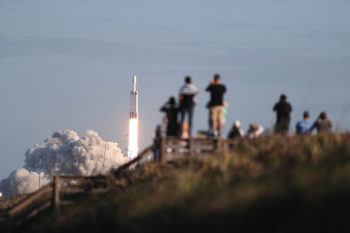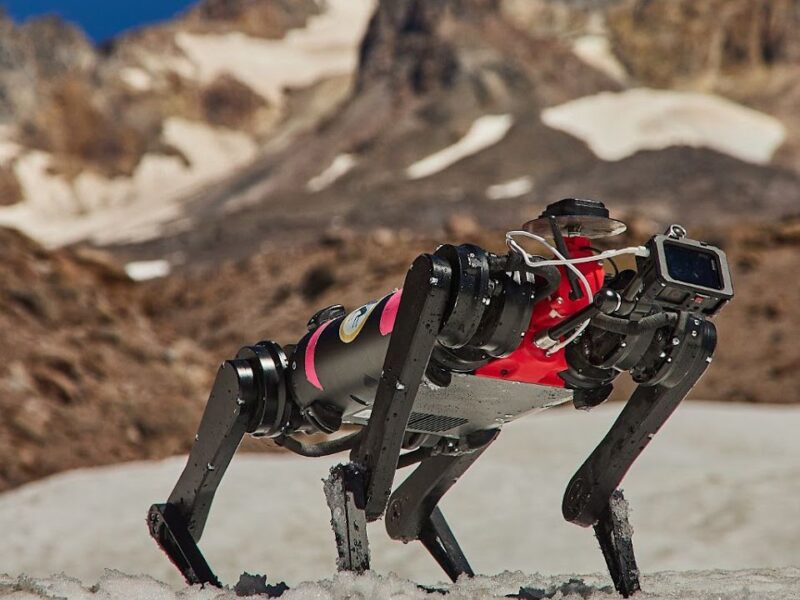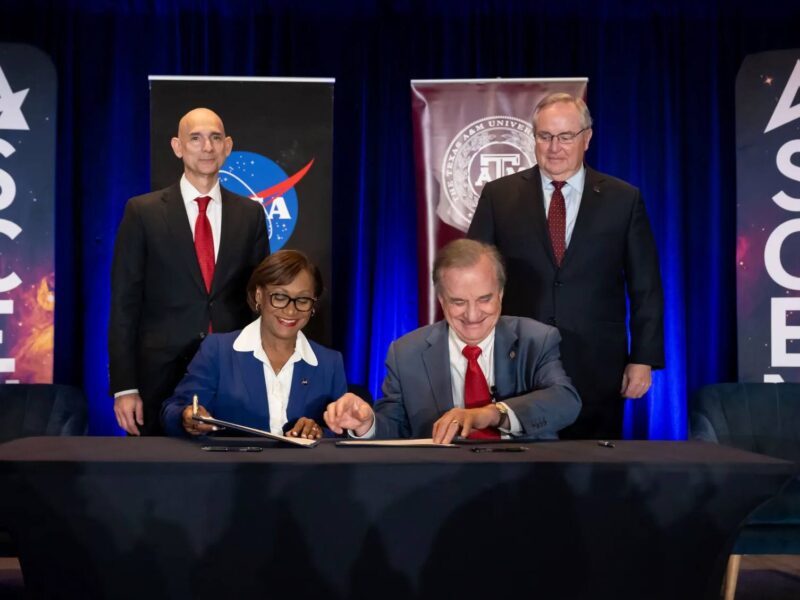The Authority On Construction In Space
As the 50th anniversary of the first moon landing renews interest in permanent stations on the moon or Mars, in Texas A&M University’s Department of Construction Science in the College of Architecture continues to lay groundwork to position the department as a leading research consultant for space-based construction projects.
“Any group that hopes to establish a presence on another world is going to need construction partners,” said Patrick Suermann. “This department can become a leading research hub to develop building procedures in low- and zero-gravity environments.”
The department is forging partnerships with private and public groups in space-focused construction and design.
Last fall, department head Patrick Suermann was part of an interdisciplinary team that studied how simulated asteroid, moon and Martian rocks interacted with drilling machinery aboard an aircraft that simulates microgravity conditions.
Representatives of the team, which included Crow Industries, a firm that develops extreme-environment technology, and the U.S. Air Force Academy, discussed their findings at a Feb. 2019 conference attended by leaders in mining and metallurgy industries.
In another effort, Suermann’s research specialist, Nicole Shumaker, is the project manager of the first phase of an initiative whose participants foresee developing a prototype of a brick-printing lunar robot.
Project participants include Exploration Architecture, a firm that specializes in space architecture and engineering; The Virtual Foundry, which manufactures and distributes filaments and pellets for 3-D printing; and the University of Texas at San Antonio.
In phase 1 of the project, the team will create a concept of operations and a functional schematic for the “brick bot”. In phase 2, Texas A&M’s Department of Construction Science will aid in the bot’s construction.
In August 2019, COSC representatives will meet with personnel from Kennedy Space Center’s Swamp Works, which develops space-based innovations, Johnson Space Center’s Astromaterials Research and Exploration Sciences, and various space-focused companies to discuss a possible partnership to build a lunar test bed, in which builders test construction equipment and materials in simulated low and zero-gravity environments.
The department has also established a memorandum of understanding with OffWorld, a Pasadena, Calif. – based company developing a robotic workforce for industrial projects on Earth, moon, asteroids, and Mars.
On campus initiatives include two construction science professors’ development and testing of large-scale, 3-D printing methods in a study with possible applications for zero- and low-gravity projects.
“Large-scale 3-D printing offers tremendous construction advantages, such as enhanced worker safety, smaller staging requirements, and remotely controlled construction, which is beneficial in hostile environments like war zones, jungles or other planets,” said Zofia Rybkowski, associate professor of construction science, who is conducting the two-year study with Manish Dixit, assistant professor of construction science and an interdisciplinary group of Texas A&M faculty with a $500,000 X-Grant from the Texas A&M President’s Excellence Fund.
The growing list of ASA members include Texas Space, Technology, Application and Research, a Bryan/College Station-based group that includes former students who collaborate on space industry research; Students for the Exploration and Development of Space, a national nonprofit group that helps students develop leadership and technical skills to make an impact in space exploration, and additional Aggie student groups.
Suermann, Rybkowski and Shumaker are also part of Dust to Structures, an interdisciplinary group of Texas A&M faculty researchers who seek to optimize construction in remote and extreme environments by championing automated jobsite processes, improving efficiency, minimizing waste and environmental impact.
Media contact: Richard Nira, rnira@arch.tamu.edu






